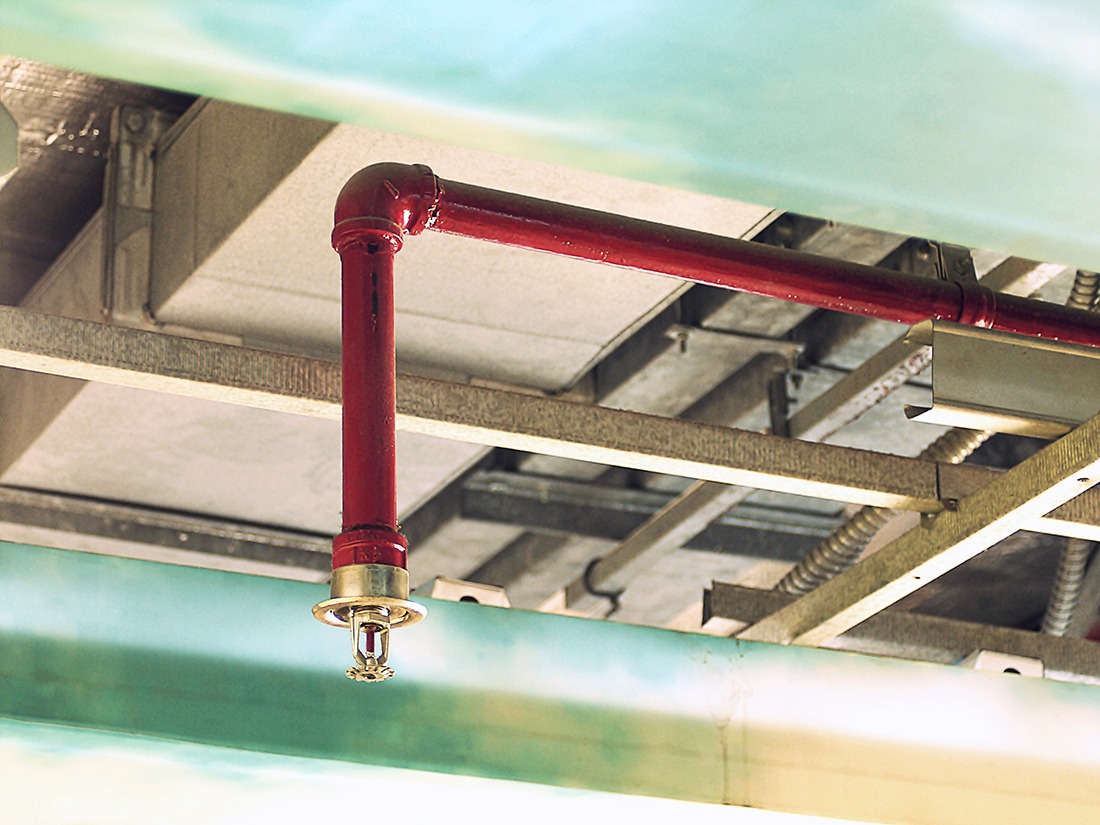It is reasonable to assume that no architect designs a building expecting it to go up in flames. However, if they fail to incorporate “sufficient” fire protection to cover the occupants of the building then this can lead to huge tragedies. Defence mechanisms, such as fire sprinklers, and clearly defined exit routes are key to keeping people safe in the event of an emergency.
If you are working with an existing building, then retrofitting certain measures may be the most viable option, but for new construction projects using Building Information Modelling (BIM) services to ensure you are implementing safety features correctly right from the beginning of the project is the best way to ensure you save lives in the long run (as well as time and money).
The most efficient route to fire safety
Fire safety measures that are properly planned must take into account the size, layout, typical occupancy and typical use of a building. The combination of all of this information will ensure you come up with the most effective measures for minimising human risk – meaning the occupants can stay safe as long as possible before the emergency services reach the scene.
The key requirement really is to incorporate high-capacity escape routes that are easy for people to find, as well as equipment that will limit the size and spread of flames, as both of these things help people to be able to exit the building quickly and safely while the integrity of the building remains as intact as possible.
BIM is the future of building design
BIM can help engineers with spatial design by allowing them to more fully understand the most efficient distribution of fire defences in order to maximise both safety and cost-effectiveness. BIM can not only assist them in choosing the best locations for equipment such as emergency doors, fire alarm control panels, smoke detectors and sprinkler networks but can also help to improve their knowledge of how fires behave and how real buildings react.
The use of BIM in the construction industry has made collaboration and communication between all parties involved in the construction project even easier. BIM can be used to enable more efficient handovers all throughout the supply chain as well as allowing all stakeholders a better understanding of how different aspects of buildings interact by showing how everything works in one central location.
3D models are becoming more and more accepted across many industries and as their popularity increases, so does the pressure on those firms that are not already using them as part of their work. All central government projects in the UK, for example, MUST demonstrate the use of Level 2 BIM in their planning now – which puts even more pressure on companies to comply.
BIM is not just about 3D models
BIM is about so much more than the creation of a 3D model of your construction project though, it is also about being able to closely align your budget and cost estimation, keeping costs tight throughout the project lifecycle. This is part of the 5D BIM process, which includes the addition of assembly processes and unit costs to help update the budget in real-time as the project progresses.
The BIM model can be updated from anywhere in the world, on-site or in an office. This means new information can be added to the project as soon as it is discovered, improving collaboration and transparency, and making accurate data available at all times.
Ongoing fire safety compliance
Obviously, fire safety is an ongoing requirement for any construction project, and once construction of a building has been completed, the responsibility for this is passed to the building operator – as outlined in the Regulatory Reform (Fire Safety) Order 2005.
The building operator must then routinely arrange for a detailed fire risk assessment of the building to be undertaken – with safe exits and procedures being identified as part of this. A 3D BIM model is a great place to store all of this information as it can be referred to at any time and passed on to the fire service or new management of the building as needed.
BIM provides everyone involved in construction with a tool to deliver a more reliable project that is also cost-effective, allowing stakeholder expectations to be managed and collaboration to be fostered which can lead to a safer and better-informed world in general.

